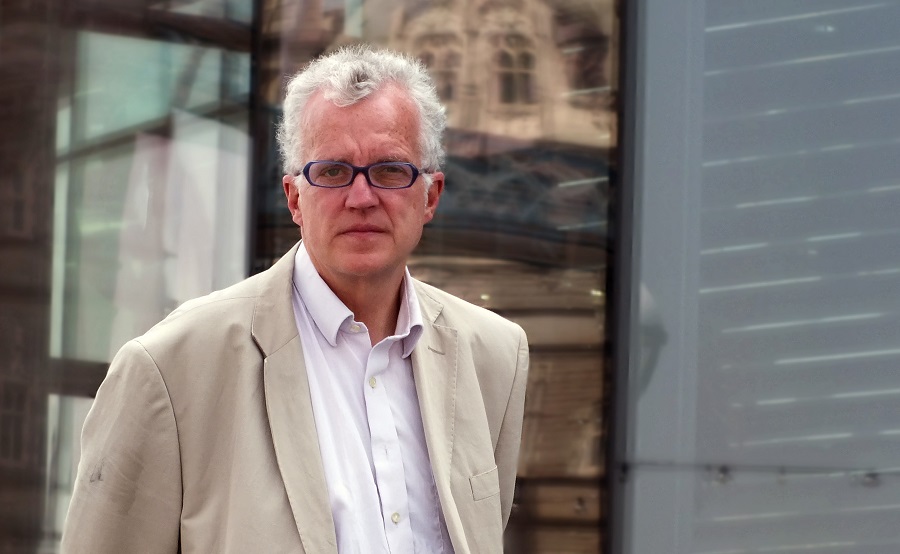The Australian addiction to the car has very deep roots. I am reading an absolutely fabulous novel about Melbourne between the wars, My Brother Jack, in which the father of the two main protagonists, who is a foreman in a tram shed, buys his first car, a Chevrolet in 1926. That seems amazing, It seems to suggests that car use and ownership in Oz percolated down to the blue collar workers by the mid 1920s, about the same time or a tad earlier than when the Model T Ford created mass ownership of cars in the US.
And it shows. I was in Shellharbour yesterday, a small coastal town with a breakwater and one small high street. It is a lovely place that appears off the beaten track, but that is a mistaken perception. But just outside, there was the highway, an incessant stream of traffic, both at 7 30am and at 5 30pm, a never ending rush hour on four lanes, sometimes six, streaming up and down the ribbon development of the coast. But as the story from the book suggests Australia is possibly even more dependent on the car than America, because its development took place later and therefore it never even had the rail infrastructure of the US.
There is no sign, either, that the addiction will be cured. The front page of today’s Sydney Morning Herald has a story about a plan to build a new tunnel under the city to funnel in yet more traffic from the suburbs. The scheme has been debunked by none other than Jim Steer, the British consultant and former deputy head of the Strategic Rail Authority, who was asked by the New South Wales government to look at its transport plans. He argues that the tunnel plan will simply cause gridlock in the Central Business District and encourage yet more cars into. He points out that the plan runs counter to the stated intention of the government to reduce the number of cars coming into town, and suggests the only way of doing this is a congestion charge scheme, something which the state government, fearing the reaction from its voters, has already rejected.
The state government, incidentally, seems to be run with the same underlying right wing values that characterise New Labour, and which ultimately get exposed by the voters – it is about as popular as Brown’s government and is widely expected to be voted out of office at the state election next year, but then the opposition is also in chaos, unable to know how to respond to climate change. It is fascinating how some of the same issues as in Britain arise at the other end of the world, specifically the cul de sac into which right wing Labour (or Labor, as they write it here) drive themselves when they get mesmerised by the business lobby.
Steer is equally critical, incidentally, of a $12bn metro scheme that, in transport terms, seems to offer very little. He is sceptical of the numbers which, coming from a man who predicted that the Channel Tunnel would be carrying twice the amount of passengers than it achieved, should be taken seriously!
One last point. I am going to leave Australia via the airport link rail line. That is proving to be a massive failure because it was built by a private company and there is a $10 premium to get on or off at the airport station, and Australians are used to very cheap public transport. The taxis, too, are relatively inexpensive so few people use the train and therefore the aim of reducing traffic around the airport has not been achieved. As the song (by whom?) goes, ‘when will they ever learn?’.
Oh, and finally, I tend to agree with Chris Packham’s point in response to my last blog. A Melbourne – Sydney high speed line might just never be viable given that there simply is not enough potential traffic – but I would like to see the figures from a proper study.
